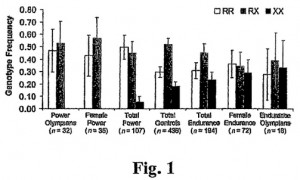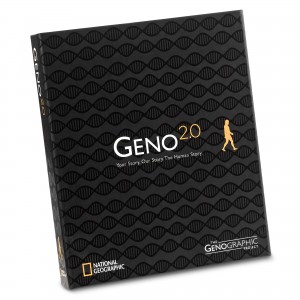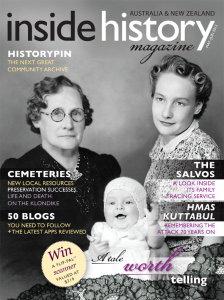 On Thursday, December 20, 2012, 23andMe and LabCorp (Laboratory Corporation of America) were sued for patent infringement in Delaware by Australian company Genetic Technologies Limited.
On Thursday, December 20, 2012, 23andMe and LabCorp (Laboratory Corporation of America) were sued for patent infringement in Delaware by Australian company Genetic Technologies Limited.
Specifically, Genetic Technologies has alleged that 23andMe and LabCorp infringe U.S. Patent No. 7,615,342, entitled “ACTN3 genotype screen for athletic performance.” The complaint is available here.
ACTN3 (Alpha-actinin-3) is an actin-binding protein encoded by the ACTN3 gene. A particular mutation in the ACTN3 gene (rs1815739; R577X) results in a deficiency of the ACTN3 protein. The non-mutant version of the gene is associated with sprint performance, the mutant version is associated with endurance.
23andMe does analyze the rs1815739 SNP in their tests (see “Speed Gene: Fact or Fiction?”). My own rs1815739 SNP genotype, for example, is TT, meaning that I have no working copies of ACTN3 in my fast-twitch muscle fibers. From the complaint:




